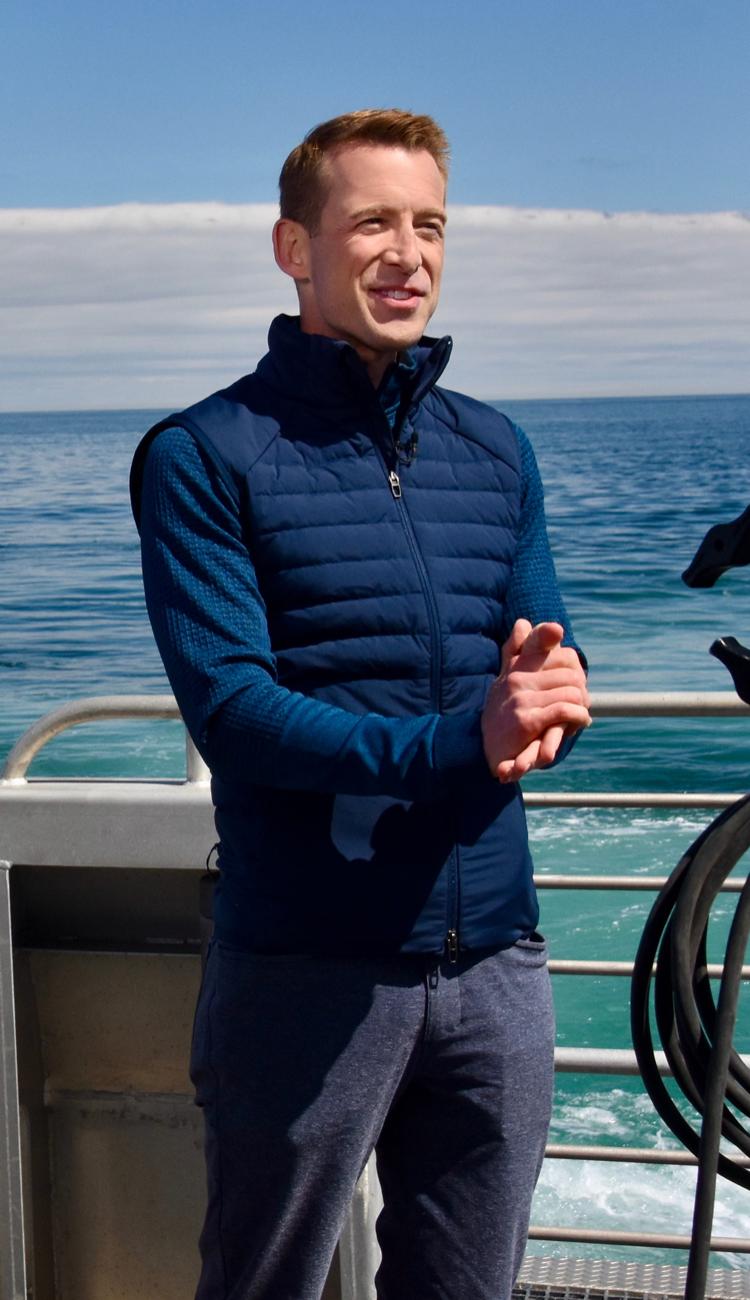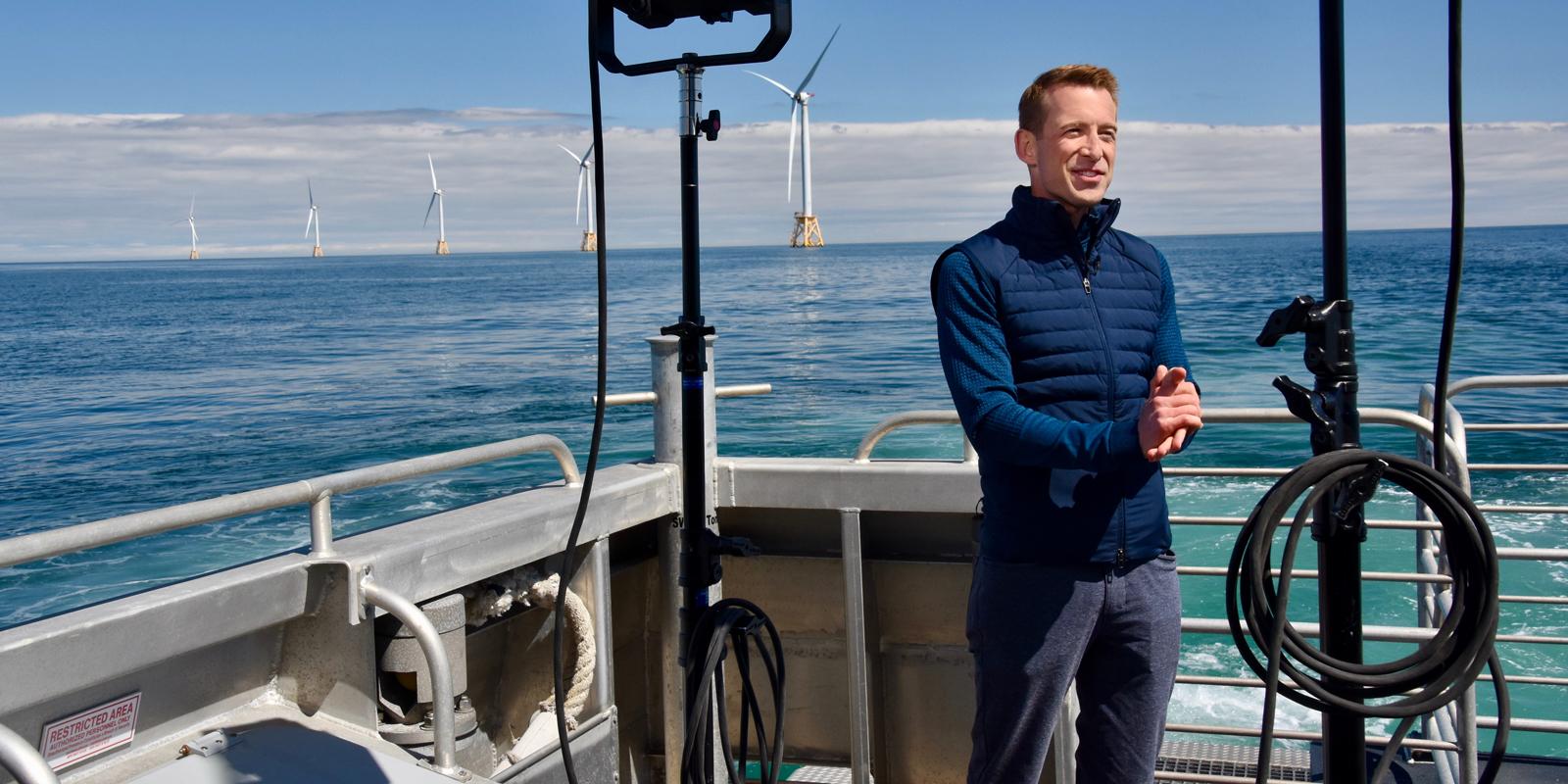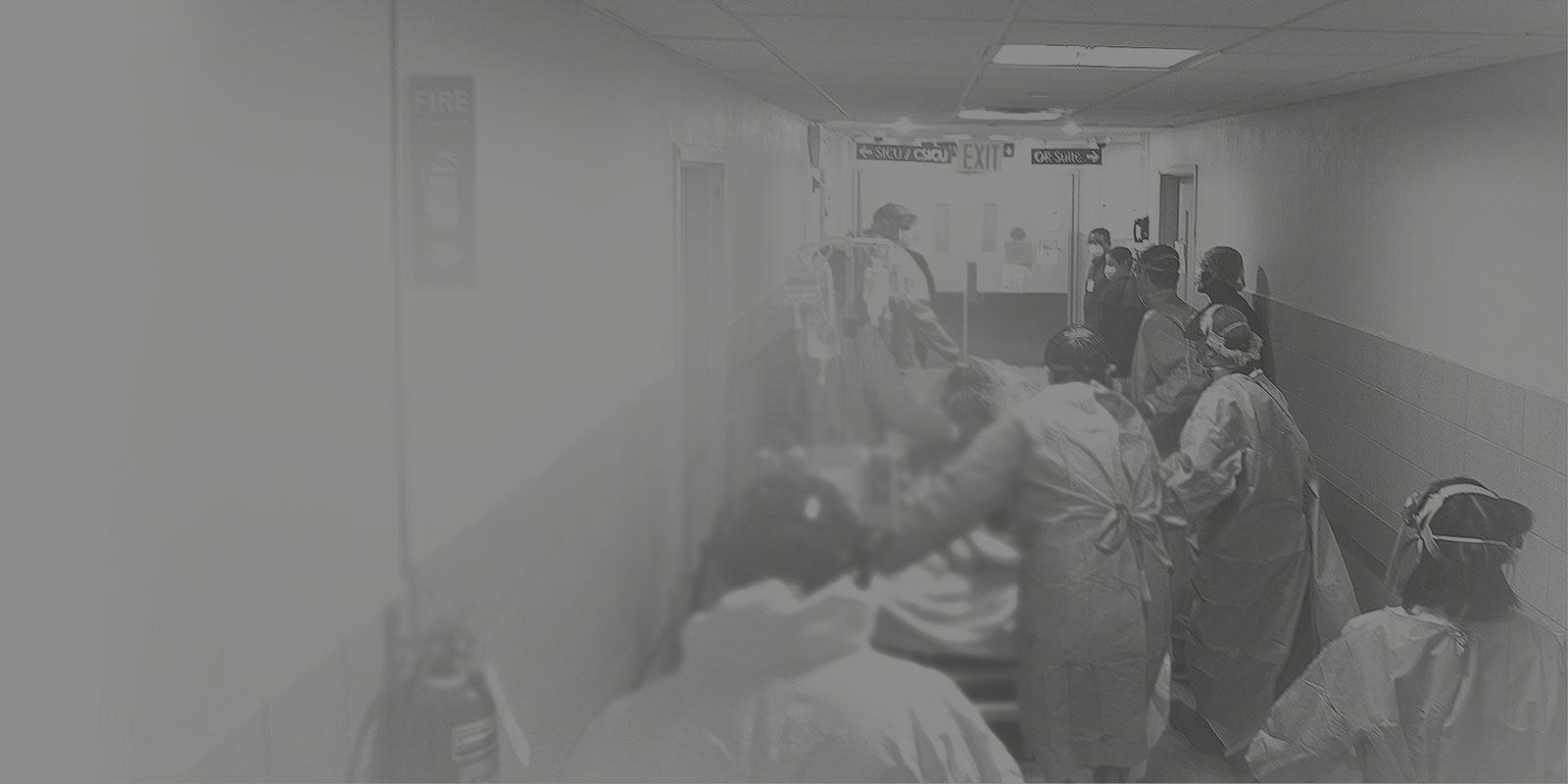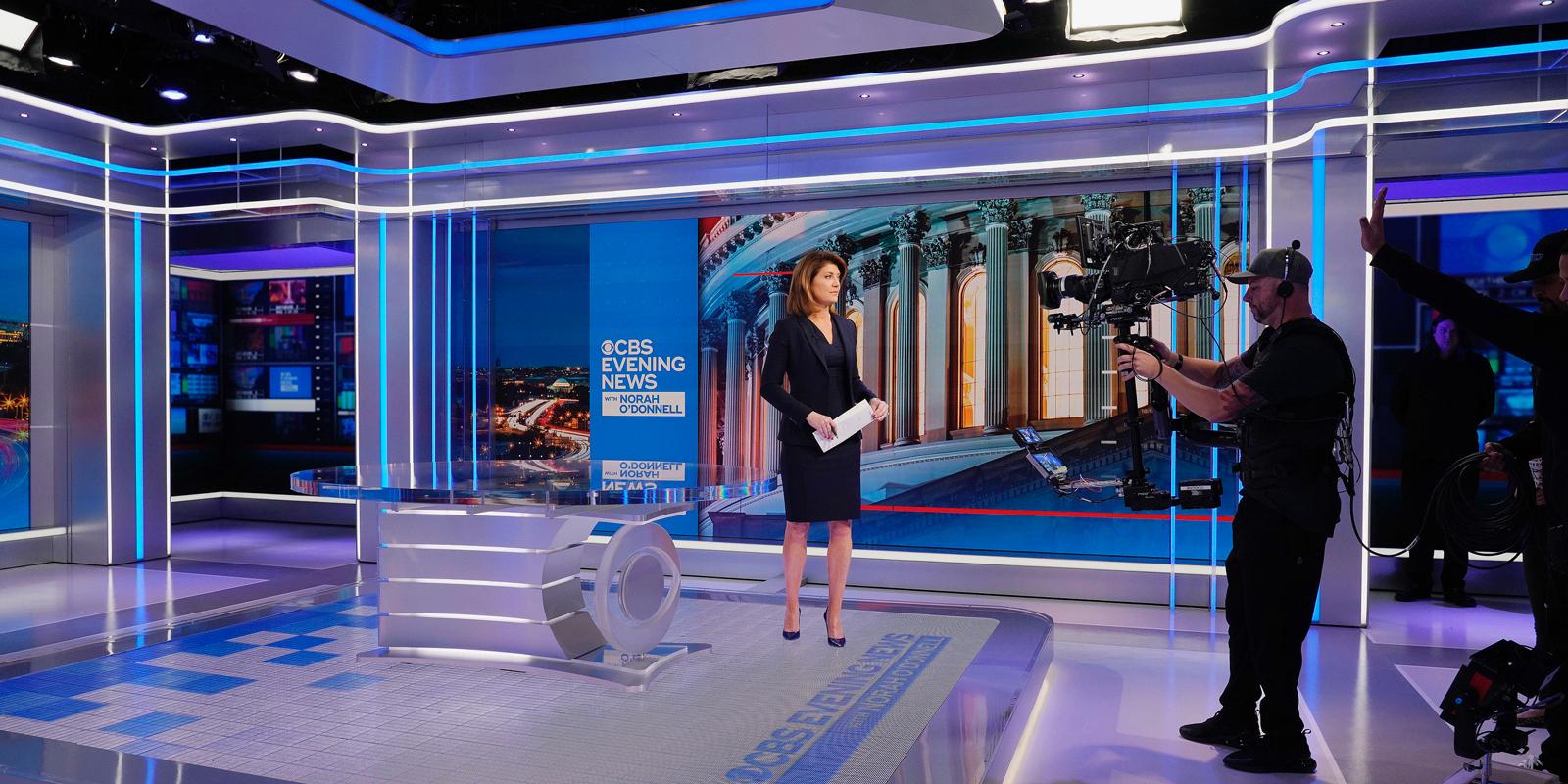May 10, 2021
The network’s senior national and environmental correspondent Ben Tracy discusses the dire need for education on climate matters.
If you’ve tuned into CBS News at all this week—on mobile, broadcast, radio, or streaming—you probably have seen Ben Tracy, reporting on the state of the planet.
Along with colleagues Mark Phillips, Debora Patta and Jeff Berardelli, and more, the senior national and environmental correspondent is part of the network’s extensive climate coverage, Eye on Earth: Our Planet in Peril. Launched earlier this week, Eye on Earth highlights the multiple measures being taken to preserve the planet at a crucial time in history.
“There are big decisions to be made about a variety of things that need to happen right now, like whether or not we can keep building homes along certain coastlines,” says Tracy. “CBS News is looking at this as something we need to educate the public about. There is no doubt that there are going to be massive changes to the way we live and how society looks in the decades to come.”
Previously, CBS News tackled the topic of climate change with special series like Climate Watch on CBSN and network-wide initiatives like the ongoing joint media venture Covering Climate Now. But recently, the division has put an even greater emphasis on environmental and climate coverage with Tracy now serving as senior environmental correspondent.
Since joining CBS News in 2008, Tracy has reported from 18 countries on five continents on major natural disasters and more. He spoke with the ViacomCBS Newsroom about how he approaches the topic of climate change from a human lens and why environmental coverage is critical to CBS News’ relevance.
Kelby Clark: Why has CBS News decided to prioritize coverage of climate change and other environmental issues?
Ben Tracy: I think if we’re not covering this story extensively, we really risk losing some credibility. It would be like saying we’re not going to cover the White House anymore. It is just one of those stories that should not be denied, because it is going to be one of the biggest issues facing humanity in the decades to come.
I do think there’s a different mindset now compared to a couple of years ago. CBS News is looking at this as something we need to educate the public about. It’s very easy, one day out of the 365 days in a year to say we’re really going to zero in on climate coverage. But we’re not only doing an entire week of coverage. We’ve made this a dedicated beat to offer sustained coverage every single day of the year on these topics, to really help educate our viewers.
KC: Can you describe the effects of climate change you witnessed in your work abroad, before you were named CBS News’ senior environmental correspondent?
BT: Probably the worst natural disaster I ever covered was in Indonesia, when they had the earthquake and the tsunami that followed it. We spent a week sleeping on a sidewalk and eating whatever was in our backpacks, amid horrible death and destruction. Same thing with the earthquake and tsunami that I covered in Japan, the Fukushima Daiichi nuclear disaster.
"I think if we're not covering this story extensively, we really risk losing some credibility. It would be like saying we're not going to cover the White House anymore."
I also spent nearly nine years based in Los Angeles, and during that time, I can’t tell you how many wildfires and droughts and floods and mudslides I covered. It became increasingly clear that a lot of that was climate-change-driven, as we were seeing more and more of these fires and longer fire seasons and longer droughts.
Once I was done covering the White House after the election, I said, ‘This is something I’m really interested in doing more on.’ And thankfully my bosses at CBS News said, ‘This is actually what we’d like to cover more. So, if you want this to actually be a beat and do it, we would love that.’
KC: Global climate change is a big, broad topic. How do you go about finding the right stories to tell?
BT: You could probably do five pieces every day on something climate-related and not really scratch the surface. There is just so much out there. And stories can really come from anywhere.
"One day I might be sitting at home or in my office, researching stories and making phone calls… other days, I’m on a boat in the Gulf of Maine."
The more you realize how dire this situation is, the more you want to scare the crap out of people. But you don’t want to scare people so much that they just throw their hands up and say, ‘Well, okay, there’s nothing we’re going to be able to do about this. So why should we make any sacrifices?’ You also don’t want every piece to be some really in-the-weeds science story that’s hard to sit through or comprehend.
As journalists, we have a responsibility to show that there are people working on really innovative ways to solve this crisis. And show that it’s up to us, whether or not we do some of these things and whether we make some of the changes that would be necessary.
KC: What are some of the stories you’ve reported as part of the network’s Eye on Earth: Our Plant in Peril?
BT: The first story we shot centers around a small school district in Batesville, Ark., where they put up a solar array on an unused field behind the school and ran the school on solar power. The district used the money they saved to increase teacher pay.
We all know teachers are underpaid, and we all know that we should be paying them more. But we were able to use the main subject of the school as a vehicle to tell the larger story about how the cost of solar panels has dropped dramatically in the last couple of decades, which makes this a technology easy to install and use. In many places across the country now, it will be cheaper than running your school district on coal.
Another story we worked on focuses on offshore wind. We went out to the only offshore wind farm in the United States off the coast of Rhode Island and explained the huge opportunity that exists in the U.S. for renewable wind power that we’re not tapping into.
KC: What’s a typical day on the job for you?
I’m a very regimented person. I think it’s because I went to a military high school. I basically get up at 6:30 a.m. every day, depending on the day. On this beat, one day I might be sitting at home or in my office, researching stories and making phone calls to people. Other days, I’m on a boat in the Gulf of Maine or heading out to see giant wind turbines in Rhode Island.
What I love the most is being out in the field, seeing things I’ve never seen before and talking to people I would never normally meet. The great advantage of doing stories about the environment is that 95 percent of the time you’re outside. With COVID-19, that’s been really, really helpful. We’re able to do most of these shoots outside and get them approved.




